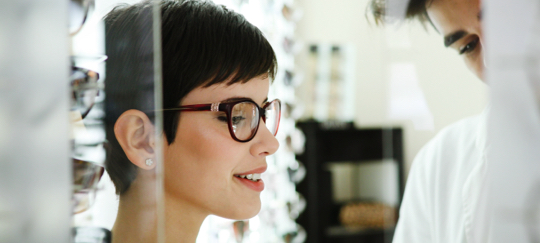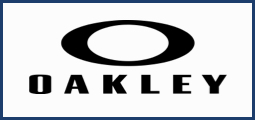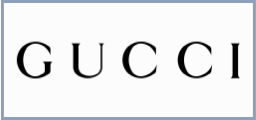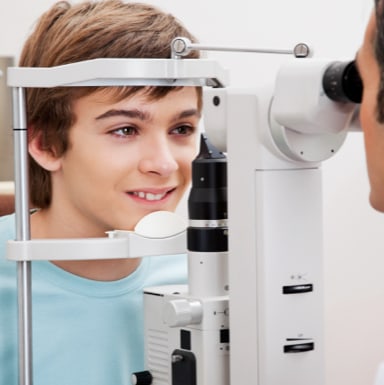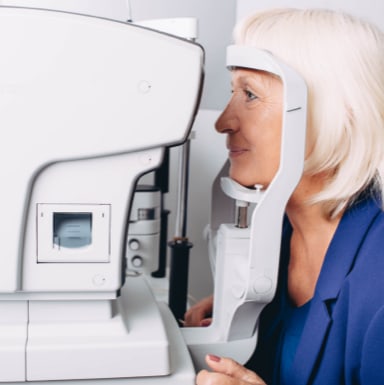Addressing Eye Disease Early
Your vision is our priority. We offer comprehensive eye disease diagnosis and management services using modern technology and a collaborative approach for a complete eye care experience.
We have invested in innovative diagnostics like optical coherence tomography (OCT) to detect issues like glaucoma, age-related macular degeneration (AMD), cataracts, and diabetic eye disease.
We are here for you every step of the way when it comes to detecting, managing, and treating the different forms of eye disease. Contact us to schedule your appointment today and get a headstart on eye disease care.
Call Us

Pre & Post-Operative Care
Eye surgery can be a significant step towards improved vision. We offer comprehensive pre and post-operative care for various procedures, including cataract surgery, LASIK, and YAG laser surgeries.
We believe in a collaborative approach to eye care. We will communicate with any specialists involved in your care on your behalf to ensure seamless communication and a coordinated treatment plan.
A Technology-Driven Approach
Our care goes beyond routine eye exams. We use technology to provide an accurate diagnosis and inform personalized treatment plans, including:
- Optical coherence tomography (OCT): Imaging technology that creates a detailed cross-sectional image of your retina, allowing for early detection of eye diseases like AMD and diabetic retinopathy.
- Zeiss Matrix visual field testing: Visual field testing that precisely maps your peripheral vision, helping us identify potential blind spots associated with glaucoma.
- iCare tonometer: A gentle, air-puff-free way to measure intraocular pressure, crucial for glaucoma diagnosis and monitoring.
Early Detection, Effective Treatment
Early detection is key to managing eye disease. Our team of experienced doctors performs thorough eye exams and uses innovative technology to identify potential problems early.
Eye disease and other vision conditions come in many forms and have various symptoms. We want to help you understand the different forms of eye disease, recognize some early warning signs, and schedule an eye exam with our team for regular check-ups.
Glaucoma
Glaucoma is a group of eye conditions that damage the optic nerve. The optic nerve is responsible for sending visual information to your brain, and any damage can lead to vision loss and blindness.
There are different types of glaucoma, but most of them develop without noticeable symptoms and can lead to permanent vision loss if not caught and managed.
High intraocular pressure (IOP) is a common risk factor for glaucoma, so we measure it during every eye exam. We also perform visual field testing to get a complete picture of how glaucoma is affecting your vision.
Age-Related Macular Degeneration
Age-related macular degeneration (AMD) is a progressive disease that damages the macula and affects your central vision. This damage can make activities like reading and driving difficult.
AMD is a leading cause of vision loss among older adults. There are 2 main types:
- Dry AMD is the most common form and occurs in early, intermediate, and late stages. This form of AMD occurs when the macula thins with age.
- Wet AMD is less common and causes faster and more severe vision loss. Wet AMD occurs when abnormal blood vessels grow in the back of the eye and damage the macula.
We use OCT and visual field testing to detect and manage AMD.
Cataracts
Cataracts are the clouding of the normally clear lens of the eye. They begin forming when proteins in the eye form clumps that prevent the lens from sending clear images to the retina, the thin layer of tissue that lines the back of the eye.
Common signs and symptoms of cataracts include:
- Blurry vision
- Difficulty seeing at night
- Dim or yellowed colors
If cataracts progress to a later stage and prevent you from going about your daily activities, such as reading, driving, or recognizing faces, they can be removed with cataract surgery.
Diabetic Eye Disease
Diabetes increases the risk of eye diseases like glaucoma, cataracts, and diabetic retinopathy.
Diabetic retinopathy is the primary cause of vision loss for those with diabetes and damages the retinal blood vessels.
Signs and symptoms of diabetic retinopathy include:
- Blurry vision
- Black spots or holes in your vision
- A loss of central vision
- Difficulty seeing at night
We use OCT to assist with the early detection of diabetic eye issues.
Your Surgical Options
While a highly skilled ophthalmic surgeon visits our office once a month for consultations for primary cataract surgery, LASIK, and YAG procedures, we know that every patient has unique needs.
That’s why we also maintain strong referral relationships with 5 other outstanding surgical practices and work with you to find a surgical solution that works best for your needs.
Get an Early Jump on Eye Disease Management
Eye disease and vision conditions can be overwhelming, but you don’t have to deal with it alone. Early detection and early treatment is the first step to preserving your long-term vision.
Put your visual health first—contact us to schedule your appointment today.
Call UsOur Location
Black River Falls
- Phone: 715-284-3111
- Fax: 800-380-1741
- Email: artofoptometry@gmail.com
- 127 Main St.
- Black River Falls, WI 54615
Hours
- Monday: 7:15 AM – 5:00 PM
- Tuesday: 7:15 AM – 5:00 PM
- Wednesday: 7:15 AM – 5:00 PM
- Thursday: 7:15 AM – 5:00 PM
- Friday: Closed
- Saturday: Closed
- Sunday: Closed
Neillsville
- Phone: 715-819-1096
- Fax: 800-380-1741
- Email: artofoptometry@gmail.com
- N3708 River Ave
- Neillsville, WI 54456
Hours
- Monday: 7:15 AM – 5:00 PM
- Tuesday: 7:15 AM – 5:00 PM
- Wednesday: 7:15 AM – 5:00 PM
- Thursday: 7:15 AM – 5:00 PM
- Friday: Closed
- Saturday: Closed
- Sunday: Closed
Our Brands

